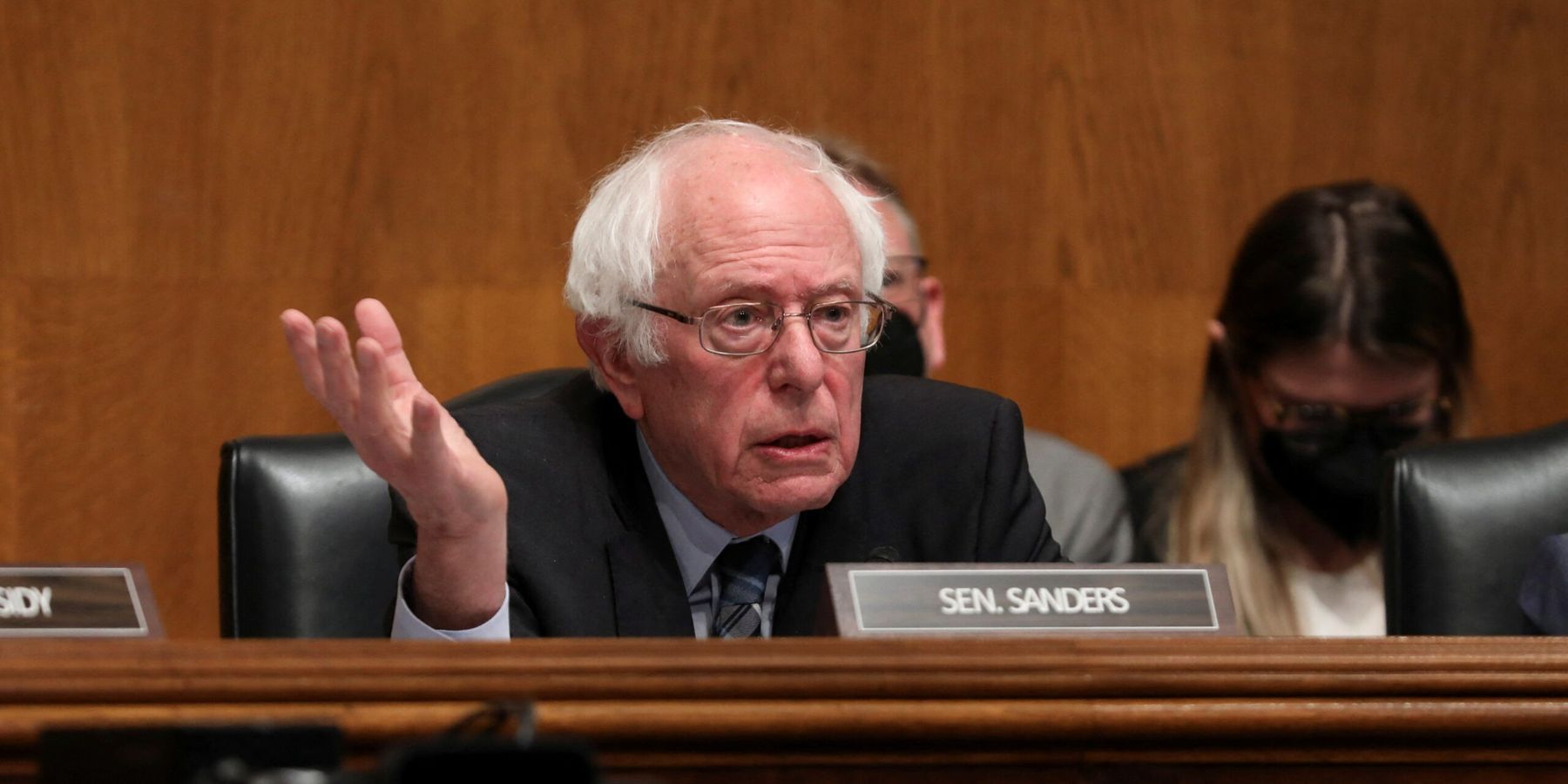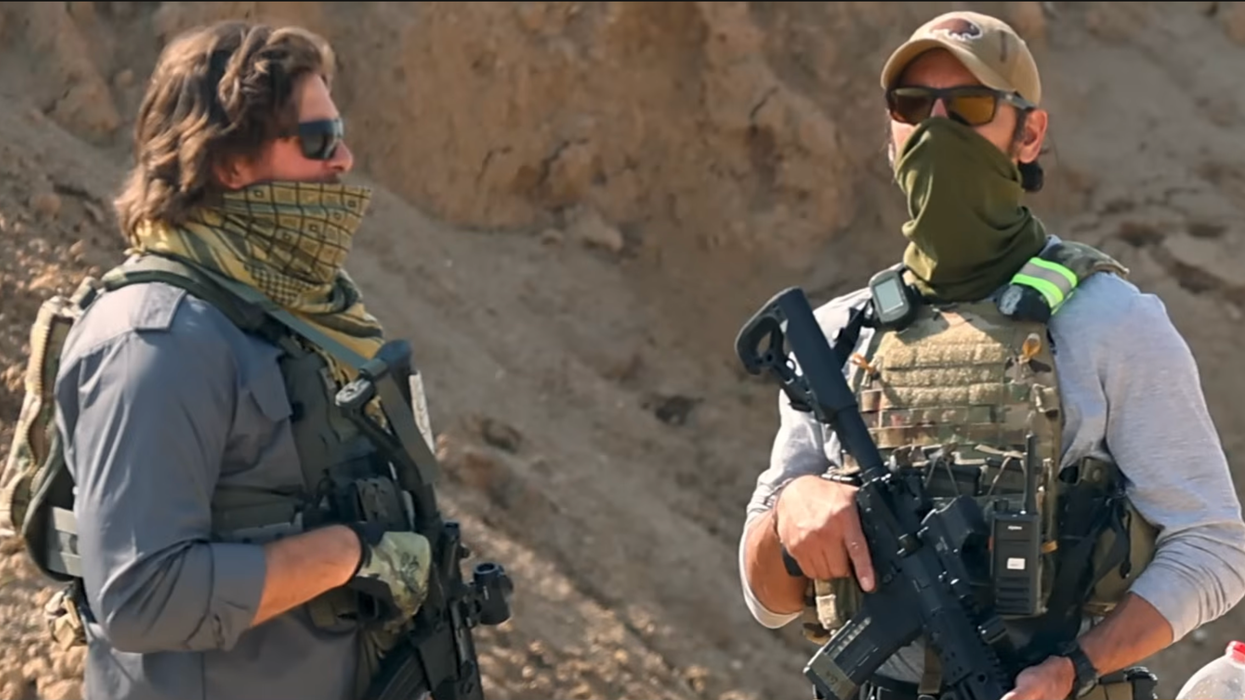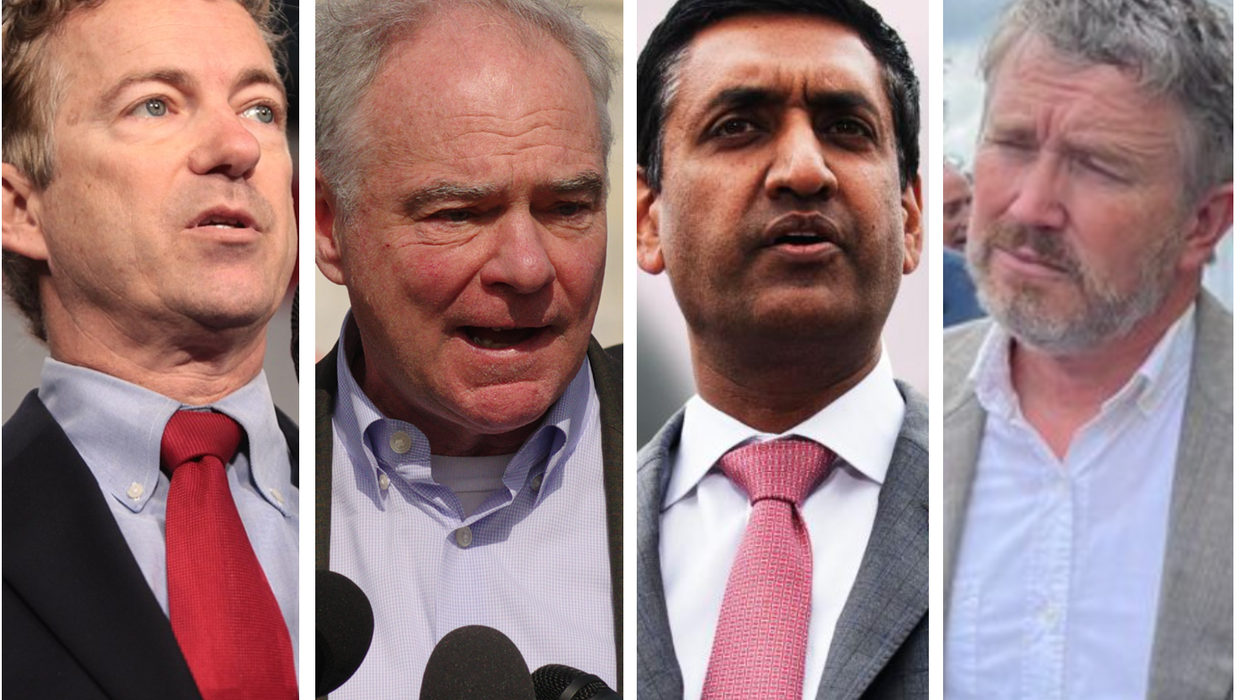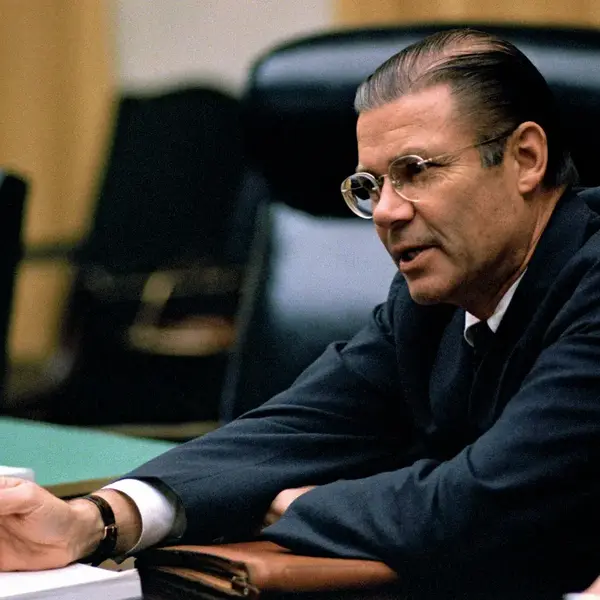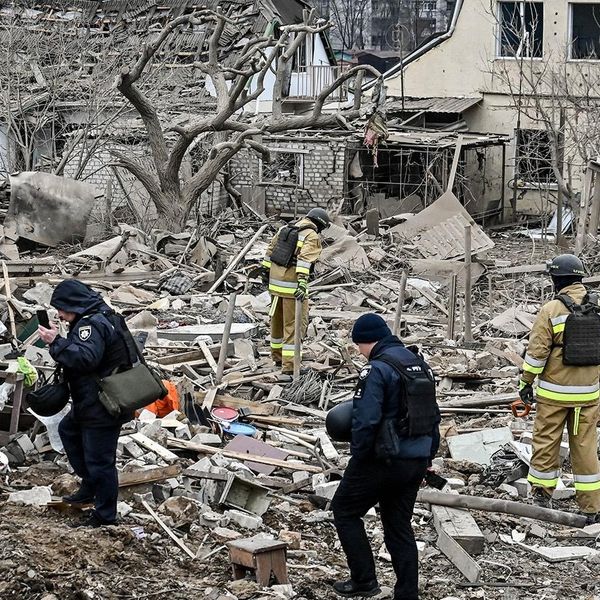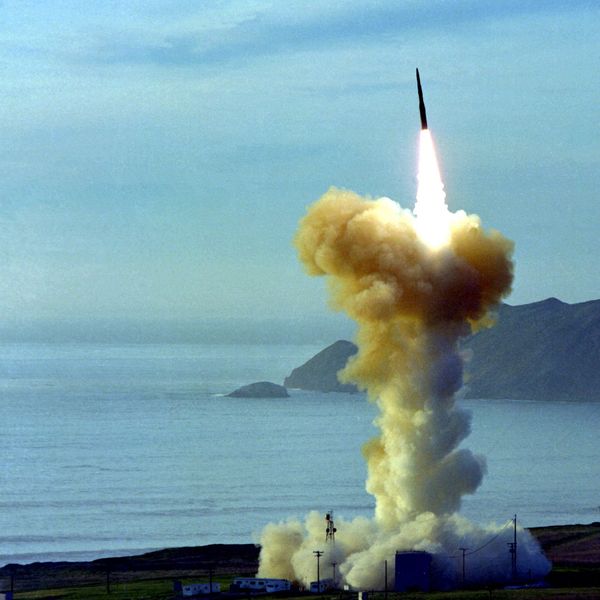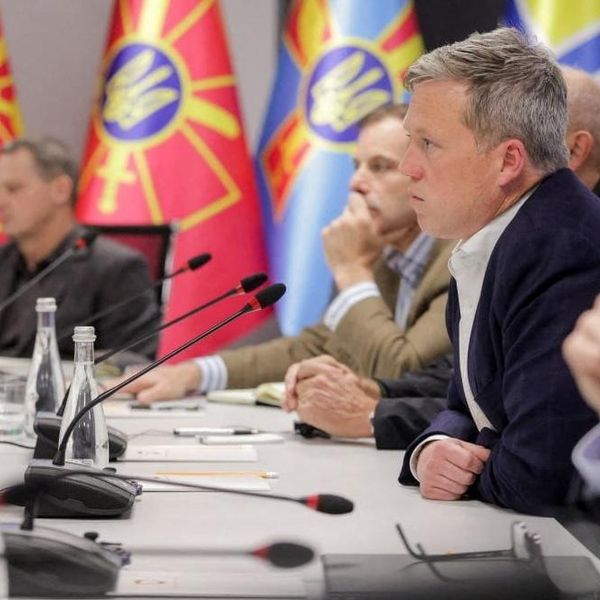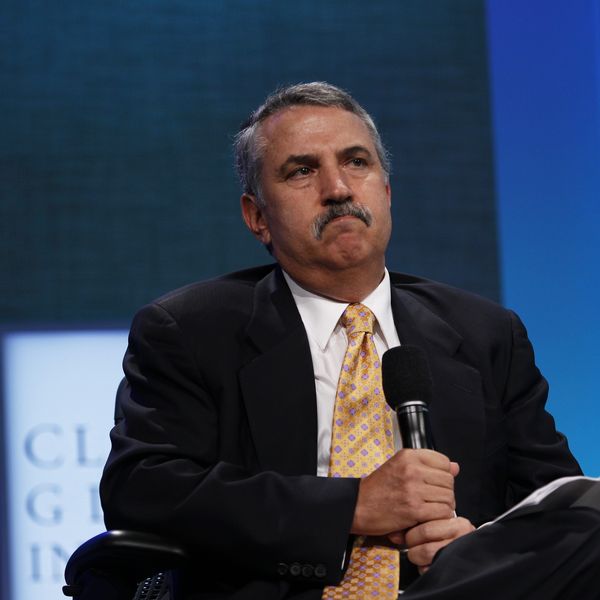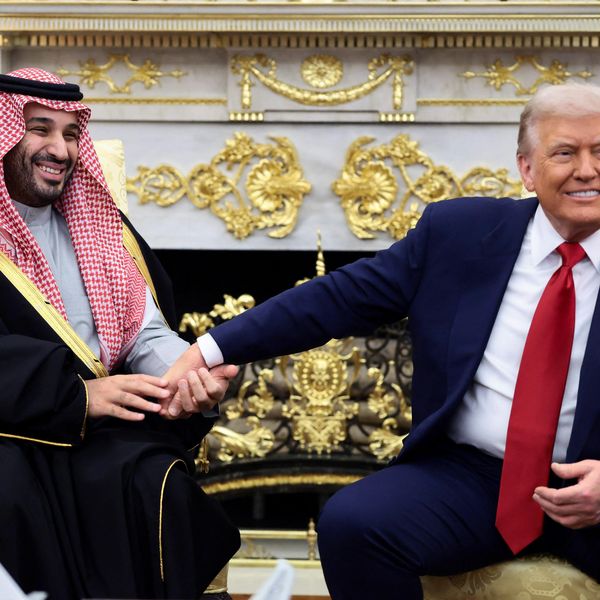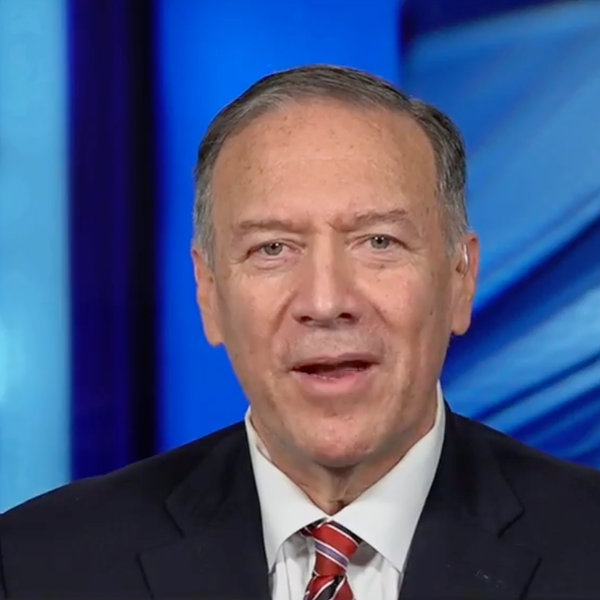The Senate on Thursday smacked down two measures sponsored by Sen. Bernie Sanders (I-Vt.) that were intended to block the sale of some offensive weapons to Israel.
The first, a resolution to end the sale of certain bomb components and warheads, S.J. Res. 33, had 15 votes in favor and 82 against. The second, a resolution to end the sale of Joint Direct Attack Munitions and some guidance kits, S.J. Res. 26, failed 15 - 83. All votes in favor were from Democrats.
His previous attempt at passing joint resolutions of disapproval for the sale of weapons to Israel in November 2024 also failed. Last time, he brought three JRDs forward, and they garnered slightly more support. A resolution to block the sale of some tank rounds received 21 votes in favor, and resolutions to block mortar rounds and guided Joint Direct Attack Munitions received 22 and 20 aye votes, respectively.
Israel’s war on Gaza has killed more than 50,000 Palestinians, with over 112,000 wounded, or 7% of the total population. Israel officially broke the January ceasefire and resumed military activity last week, killing at least 700 since.
Sen. Sanders noted during his remarks that all humanitarian aid had been blocked from entering Israel for over 30 days. He called what Israel is doing a violation of the Geneva Convention and the United States’ Foreign Assistance Act.
“It is no secret how these weapons have been used,” Sanders said. Strikes against civilian targets “have been painstakingly documented by human rights groups.”
Sanders pointed to a recent Economist-YouGov poll that showed only 15% of Americans support increasing military aid to Israel, while 35% supported ending or decreasing military support. Additionally, a J Street poll found that 62% of Jewish Americans supported the withholding of offensive weapons to Israel until Benjamin Netanyahu agreed to an immediate ceasefire.- Will Senate vote signal a wider shift away from Israel? ›
- Can Bernie stop billions in new US weapons going to Israel? ›
- Will Democrats help Bernie block weapons to Israel? ›

